Shared with Dropbox.
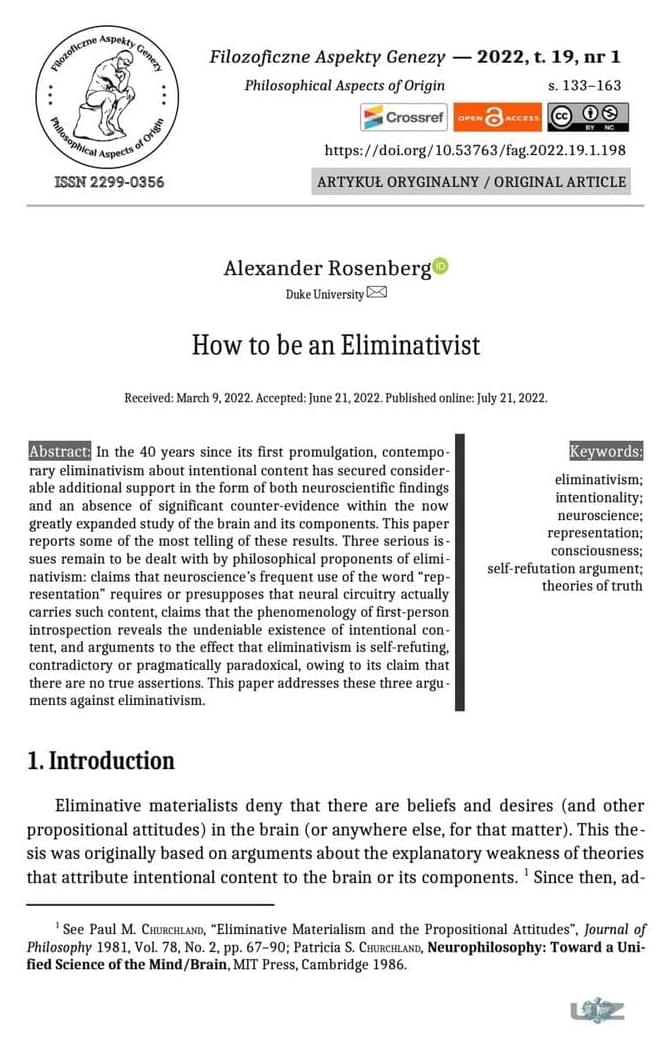

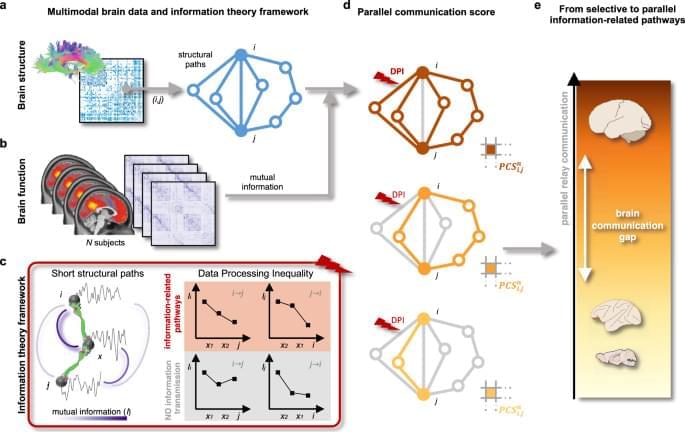
Differences in information transmission in the brain network between humans and other species are not well understood. Here, the authors apply an information theory approach to structural connectomes and functional MRI and report that human brain networks display more evidence of parallel information transmission compared to macaques and mice.
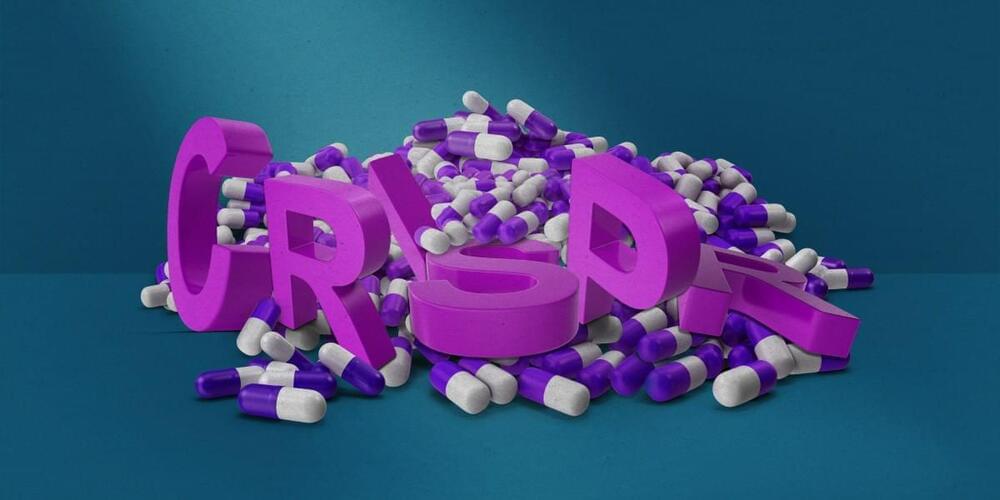
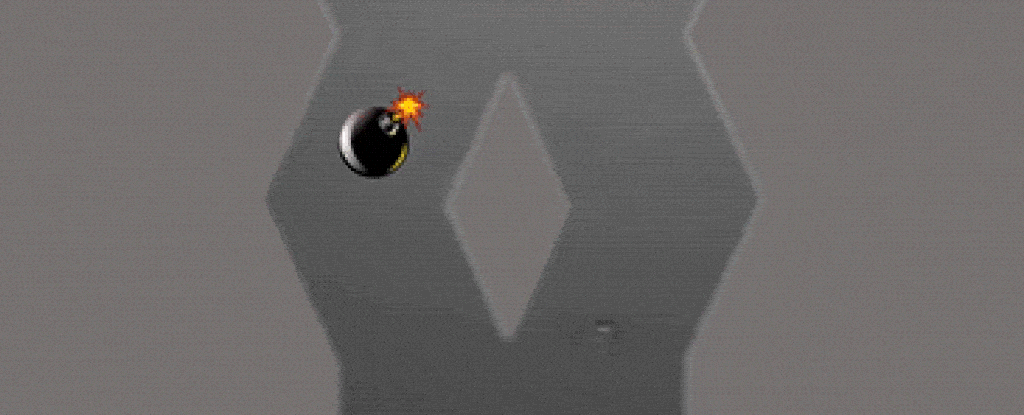
Quantum physics is fundamentally weird, so much so that we need thought experiments of hidden cats in boxes and metaphors of spinning coins to even begin to comprehend its laws.
Yet even in our classical world, where physics is more intuitive, shades of quantum behavior can be represented using relatively simple scenarios.
Researchers experimenting with tiny droplets of oil running down two adjacent channels in a bath of vibrating fluid have discovered that the behavior of the droplets matches up with a famous quantum thought experiment.
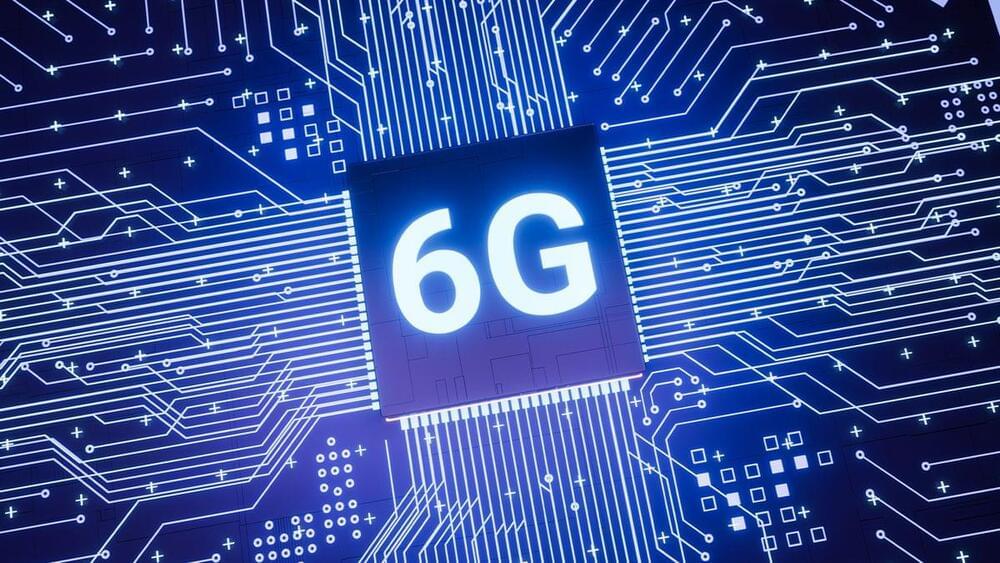

Japanese scientists said they have succeeded in creating the world’s first mental images of objects and landscapes from human brain activity by using artificial intelligence technology.
The team of scientists from the National Institutes for Quantum Science and Technology, another national institute and Osaka University was able to produce rough images of a leopard, with a recognizable mouth, ears and spotted pattern, as well as objects like an airplane with red lights on its wings.
The technology, dubbed “brain decoding,” enables the visualization of perceptual contents based on brain activity and could be applied to the medical and welfare fields.

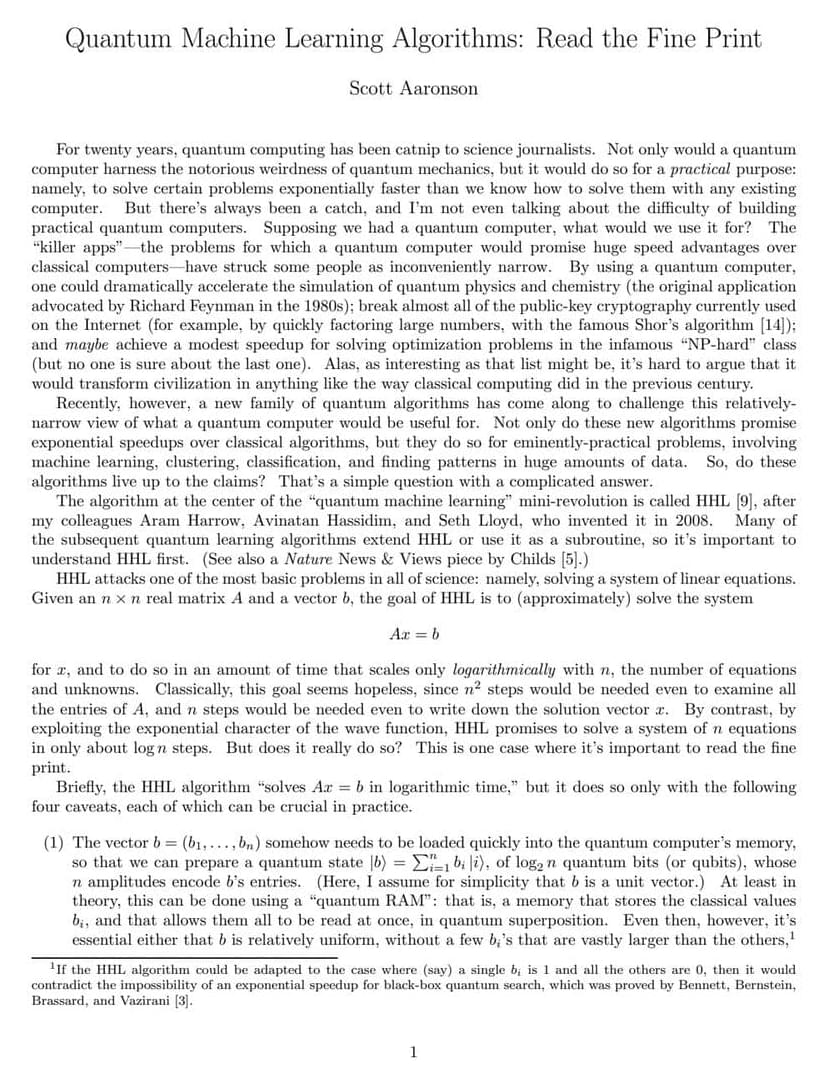

The James Webb Space Telescope (JWST) has spotted the oldest black hole ever seen, an ancient monster with the mass of 1.6 million suns lurking 13 billion years in the universe’s past.
The James Webb Space Telescope, whose cameras enable it to look back in time to our universe’s beginnings, spotted the supermassive black hole at the center of the infant galaxy GN-z11 just 440 million years after the universe began.
And the space-time rupture isn’t alone, it’s one of countless black holes that gorged themselves to terrifying scales during the cosmic dawn — the period about 100 million years after the Big Bang when the young universe began glowing for a billion years.
FOR ACADEMIC PURPOSES ONLY.